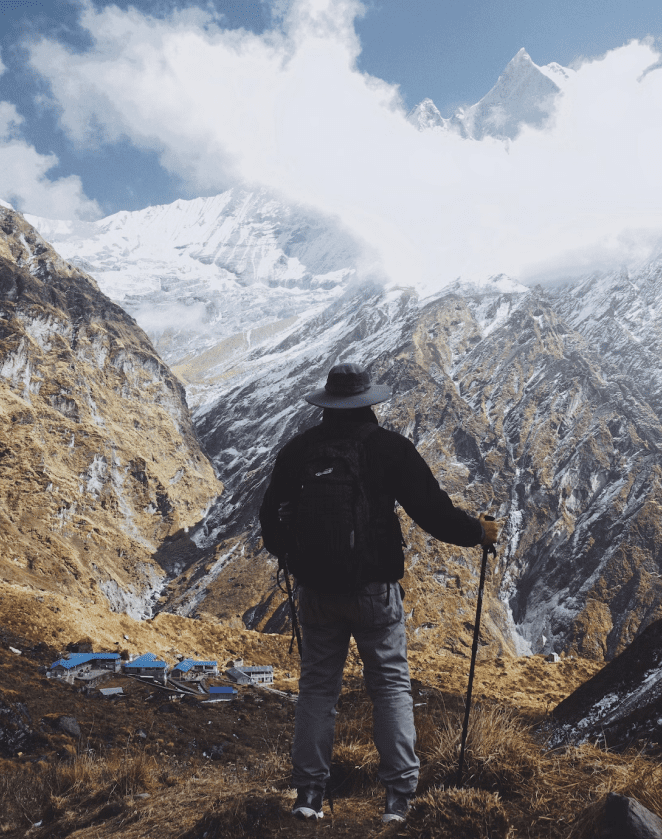Nanga Parbat is the ninth highest mountain globally and the second highest in Pakistan, after K2. It is often referred to as the Western bastion of the Himalayas.
The mountain has a rich history of mountaineering achievements, with notable ascents that have left a lasting impact on the climbing world.
Some of the key historical ascents you mentioned include Hermann Buhl’s solo first ascent in 1953 via the Upper North ridge, Gunther and Reinhold Messner’s first ascent of the Rupal Face in 1970 via the South South East Spur, and Messner’s solo climb of the Diamir Face in 1978.
More recently, Vince Anderson and Steve House’s Alpine-style ascent of the Central Pillar of the Rupal Face added to the mountain’s legacy.
These remarkable climbs continue to inspire climbers to take on the challenge of Nanga Parbat trekking, which is often considered the second hardest 8000m peak after K2.
Nanga Parbat’s south face is the largest in the world, extending over four kilometers above base camp. The mountain’s name, “Naked Mountain,” is derived from the exposed rock buttresses on its south face.
The north face presents a different challenge, with a broad barrier of seracs guarding the snowy slopes.
The history of attempts on Nanga Parbat’s north face includes dangerous routes that were prone to avalanches and bad weather, leading to a significant number of fatalities and earning the mountain the notorious nickname of the “Killer Mountain.”
While Nanga Parbat’s reputation as a “Killer Mountain” has somewhat changed over time, it remains a challenging and formidable ascent. The ascent by Hermann Buhl is particularly remarkable as the only first summit of all the 8000ers to be done without supplemental oxygen and solo.
As of 2005, Nanga Parbat had seen numerous ascents, but at the cost of many lives. The Diamir face, especially the Kinshofer Route, has become the normal route for many climbers due to its relatively easier and safer conditions.
Challenging lines like the unclimbed Mazeno Ridge, the longest ridge in the world, still await ambitious climbers. Winter attempts on the mountain have been made, though success has been elusive so far.
Overall, Nanga Parbat’s history, challenges, and remarkable ascents contribute to its status as a legendary peak in the world of mountaineering.



